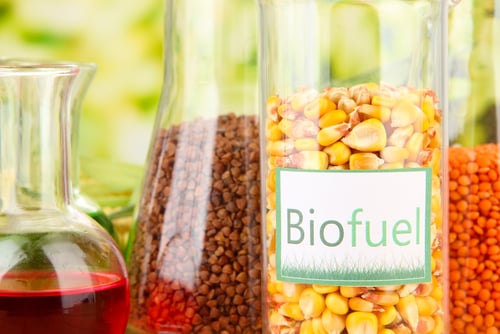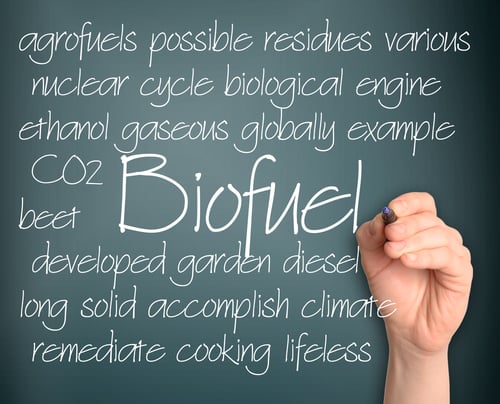Transportation DeCarbonization Blueprint: Pipelines

As we have been discussing, the US National Blueprint for Transportation Decarbonization breaks the Transportation sector into seven categories, each of which has its own targets for emission reduction/elimination, and strategies for how those declines in emissions will be achieved. The next category addressed in the Blueprint is pipelines.
We don’t generally think of pipelines as “freight” (versus items carried by truck, etc.) but actually, pipelines were responsible for 18% of all freight by tonnage in the US in 2015. In the US, pipelines for petroleum and natural gas span over 3 million miles across the country, and the fuels they carry cover close to 70% of energy use in the country currently. Although pipelines transport fossil fuels, the pipelines themselves are remarkably efficient. The major focus of the blueprint when it comes to pipelines is developing enhanced safety controls to avoid unintentional releases that can cause extreme environmental damage, and development of enhanced leak detection and repair. When pipelines have leaks, the main concern is the released methane, which as we know, has an even greater impact environmentally than carbon itself (more on that here: 2021: Methane Regulations on the Agenda)
Outside of those two major points, there are emissions gains to be realized by moving to more efficient systems for pumps, compressor systems, and other ancillary equipment used to keep fuels moving through the pipelines.
Keep in mind, the steps outlined for pipelines are in theory transitional, as the ultimate goal would be pipeline systems designed to transport sustainable/alternative fuels and carbon, versus fossil fuels. As it stands currently, there are substantial challenges and safety questions regarding pipeline transport of current alternative fuels based on variances in their chemical makeup like solvent properties, flammability, pressure issues, etc.
The steps outlined are:
- Policy & Regulation: The Safety Act of 2020 has a substantial focus on minimizing methane emissions. This is done under the DOT’s PHSMA (Pipeline and Hazardous Materials Safety Administration). PHSMA has issued multiple regulations on pipeline safety & leak regulation – these regulations target the main two issues around pipeline transport: accidental releases, and methane leaks. (The regulations are included under the US Methane Emissions Reduction Action Plan, if you would like more detail on their specifics)
- Infrastructure Planning & Investment: Part of the Infrastructure Bill passed in 2021 provides for funding to upgrade the pipeline infrastructure via the “Natural Gas Distribution Infrastructure Safety & Modernization” grant program. This grant exists to fund repairs/replacement of portions of pipelines or their operating systems that are outdated, faulty, or prone to failure. The repairs done through this grant will automatically have a positive impact on reducing methane leaks in the existing system, which, as mentioned, is a major goal of this segment’s planning.
- Research & Innovation: continuous development of monitoring and reporting technology for methane is the major focus of technological advancements & research for this segment. Enhanced leak detection, and enhanced fire prevention at risky sites (like LNG terminals) are the main focus for existing infrastructure, while research into the risks and requirements for safe pipeline transport of alternative fuels is the focus for the new infrastructure we would need to see in order to transition the system to non-fossil fuels, ultimately/
The main takeaway for this segment's goals is methane leak detection and prevention is of paramount importance. We don't necessarily think of small inadvertent leaks being controlled as being a major "thing" in the way we would think about switching to an EV vehicle, or a similar "large" move. However, the EPA estimates that methane leaks in 2019 were an estimated 57 MMT of CO2 equivalent emissions - more than that generated by the more visible parts of pipeline transport like compressor stations. Natural Gas & Methane leaks have an enormous environmental impact, and an enormous financial one as well (for a quick refresher, take a look at this throwback article from 2015: Harvard Finds Boston is Leaking $90 Million of Natural Gas Annually ) Stopping leaks and spills as an interim step to control pipeline segment emissions is critically important to the overall plan for carbon emission reduction in the United States.


